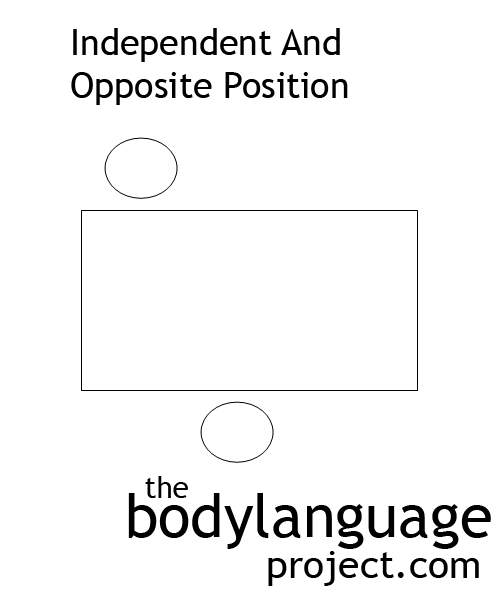
Fist clenching can be subtle and show hidden insecurity and hostility.
Holding the fists clenched and holding a full arm cross shows hostility, defensiveness and also readiness to attack. It can also be accompanied by a red face, clenched teeth, lowered eyebrows, a forward thrust of the lips or an angry expression. These accompanying signals show that physical aggression is imminent and likely, and ignoring them can be a huge mistake. Part of the reason we have aggression signals at all is to avoid risky physical confrontations. Our minds are hardwired to avoid possibly deadly or damaging situations. The signals are our way to warn others, or be warned by others, that we are nearing our threshold. All people are capable of lashing out with force if provided with the proper stimulus, any mother will agree.
In business and other context were violence is strictly forbidden we see an abbreviation of the hostile cues listed above. Here we see a more subtly form with the fists clenched tightly and the arms folded across the chest, usually while seated. Other times the dominant hand will make a fist with the other hand clasping the wrist. This is a mental way for the person to figuratively ‘hold themselves back.’ When we lack the right to express ourselves to our satisfaction, we hold back our negativity. Social norms and customs prevent us from expressing our true emotions whenever we desire.
Fist clenching happens very naturally and subconsciously; a slip of the hand so to speak. Women can even be seen doing this while being verbally berated by a partner. President Nixon was videotaped intensely balling his fist such that his knuckles turned white during a press conference called to discuss what was supposed to be a temporary incursion into Cambodia. The rest of his body was confident and his voice was smooth, yet his hands gave his restraint and dishonesty away. Of course, holding a tight fist does not necessarily mean they intent to strike out, rather it shows just the opposite – that their minds are dealing with a dilemma, of which social norms prevent physical resolutions. So very rarely are we allowed to fully express our emotions. In fact, one of the most important lessons we learn early in life is self control and this is exactly what happens when the fist is balled, clenched, but resists striking. We learn very early on that it’s not acceptable to throw fits and tantrums so we do the next best thing – we get very close to striking, but stop at the last second.
Whenever you are privy to clenching body language your first inclination should be to diffusing the situation. You might start by slowing down speech or stopping it altogether to allow the situation to simmer rather than continue boiling. You should then use open body language with palm up gestures to show honesty. Next, add submissive postures, head down, shoulders slumped and a reduction in body size. Your goal is to show that you are not interested in confrontation. You might even consider succeeding to their point of view, even just temporarily to allow them to take a saner headspace. In many cases it will be impossible to recover from this position successfully depending on what level of negativity is present. It’s always best to reduce tension early on before it gets out of control.



